 PO
Box 9021, Wilmington, DE 19809, USA
PO
Box 9021, Wilmington, DE 19809, USAE-mail: font@focusonnature.com
Phone: Toll-free in USA 1-888-721-3555
or 302/529-1876
Website: www.focusonnature.com
 PO
Box 9021, Wilmington, DE 19809, USA
PO
Box 9021, Wilmington, DE 19809, USA
E-mail: font@focusonnature.com
Phone: Toll-free in USA 1-888-721-3555
or 302/529-1876
Website: www.focusonnature.com
PHOTOS
OF nature in
honduras
BIRDS, BUTTERFLIES,
a MOTH
and more
AS SEEN
DURING
FOCUS ON NATURE TOURS
The photographs in this feature by various photographers
as noted. Our thanks to each of them.
©
- all rights
reserved.
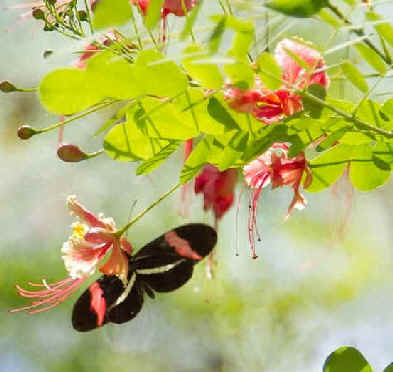
A Crimson-patched Longwing, or
Erato Heliconian
photographed along the Caribbean coast in Honduras
Links:
Central America Bird-List & Photo Gallery in 4 Parts
(with links from the first part to the others)
Upcoming FONT Birding & Nature Tours in Honduras
A Directory of Photos in this Website
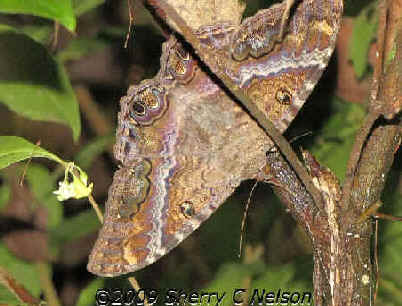
A large moth called the Black
Witch,
this one a female.
The wingspan is about 6 inches.
(photo by Sherry Nelson)
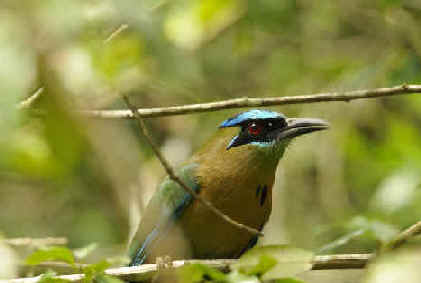
This bird has been known as the
Blue-crowned Motmot.
Now, with a new name, it is the Blue-diademed Motmot.
(photo by Marie Grenouillet)
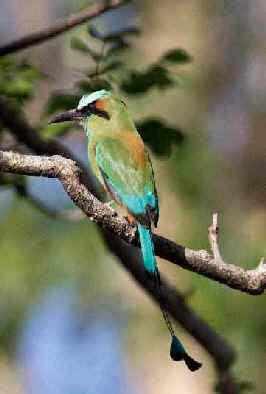
Another motmot that's common in Honduras,
particularly along the Caribbean coast,
is the Turquoise-browed Motmot.
(photo by Virginia Woodhouse)

A Lineated
Woodpecker
(photo by Ruben Campos)
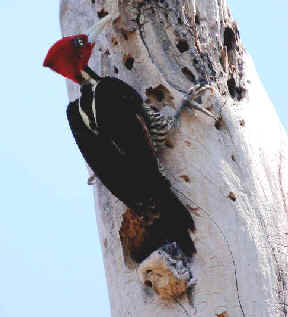
There is an
"ivory-billed woodpecker",
in the same genus, Campephilus,
as the one now extinct in North America.
It is called the Pale-billed Woodpecker.
This one photographed during a FONT tour.
(photo by Marie Gardner)
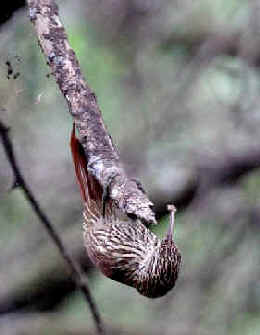
Woodcreepers
are very different than Woodpeckers.
Here, a Streak-headed Woodcreeper.
(photo by Marie Gardner)
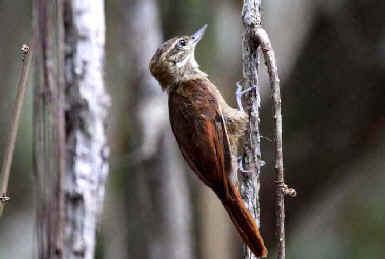
Although
looking a bit in this picture like one,
it's not a woodcreeper, but another bird
with an usual name, a Xenops.
The adjective, though, isn't much.
It's a Plain Xenops.
(photo by Marie Gardner)
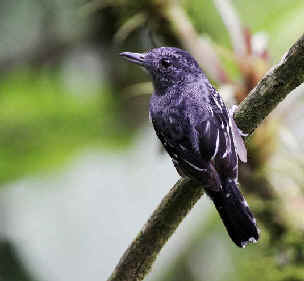
This bird recently (in 2013) had a name-change.
It was the Western Slaty-Antshrike.
Now it's the Black-crowned Antshrike,
one of a handful of antbirds in Honduras.
(photo by Marie Gardner)
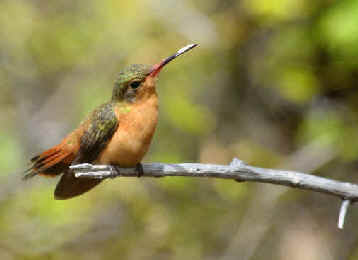
There are over
30 species of hummingbirds
in Honduras.
This on e is the Cinnamon Hummingbird.
Another, the Honduran Emerald
is the only bird endemic to Honduras,
that is there and no where else.
(photo by Marie Grenouillet)

If seen with its crest erect,
few birds in Honduras, or anywhere,
are more spectacular than
the Northern Royal Flycatcher
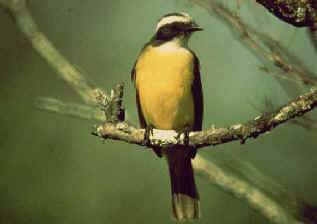
Another flycatcher in Honduras,
commonly seen,
the Social Flycatcher
(photo by Alan Brady)
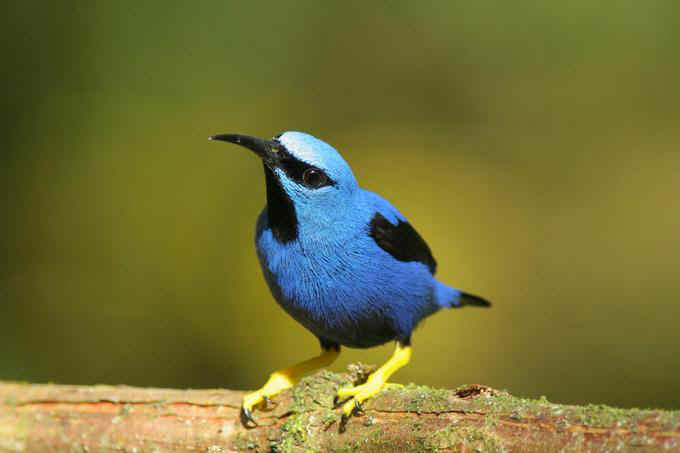
With a beautiful blue in the
sunlight,
and bright yellow legs,
a male Shining Honeycreeper
(photo by Ruben Campos)
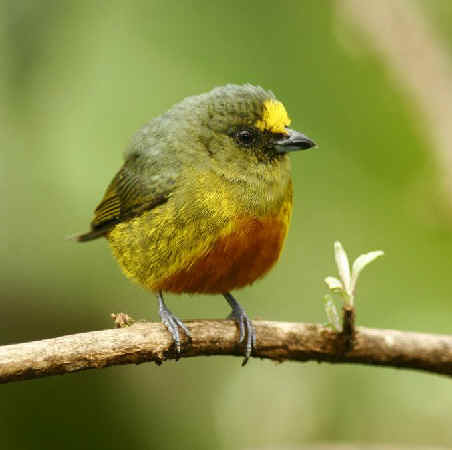
Also with some nice coloration,
the Olive-backed Euphonia
(photo by Ruben Campos)
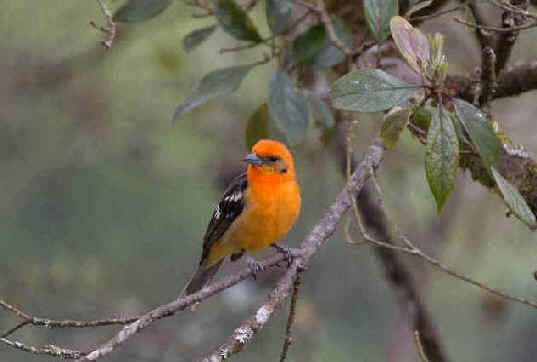
Above & below: a bright bird,
a male Flame-colored Tanager
(upper photo by Virginia Woodhouse,
lower photo by Ruben Campos)


And lastly here,
one of the most famous
of Central America's many birds,
and one that has been seen
with FONT in Honduras,
the Resplendent Quetzal.
We began this photo gallery with a butterfly.
Following, here, are a few more.
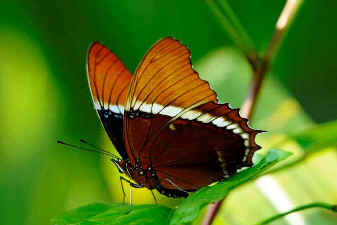
A Rusty-tipped Page
(photo by Marie Grenouillet)
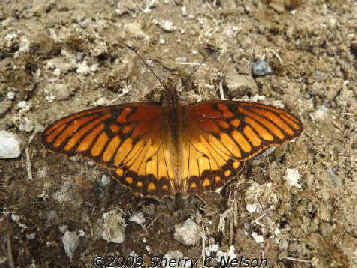
The Mexican Silverspot
(photo by Sherry Nelson)
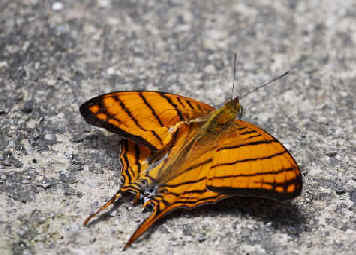
An Orange Daggerwing
(photo by Marie Gardner)
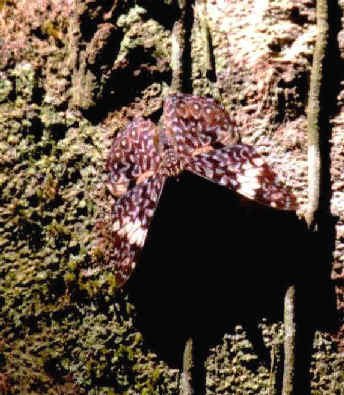
A Guatemalan Cracker,
blending in as it does
against a tree
(photo by Marie Gardner)

A Zebra Longwing,
also known as the Zebra Heliconian,
a commonly-seen butterfly
in Honduras and elsewhere in the Neotropics
(photo by Marie Gardner)
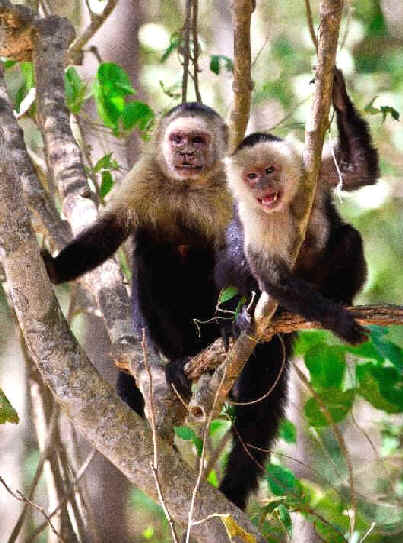
Among the mammals in Honduras, there are monkeys.
Here, the White-headed Capuchin.
This species has had more than one common name in recent years.
It has been called the White-faced Capuchin
and the White-throated Capuchin.
(photo by Virginia Woodhouse)
Other monkeys in Honduras are the
Mantled Howler Monkey and
the Geoffroy's Spider Monkey.
Below: another mammal that occurs in Honduras,
but is hard to see,
in the area of the Caribbean coast
is the West Indian Manatee.
This photo was taken during a FONT tour
in nearby Belize.
(photo by Marie Gardner)
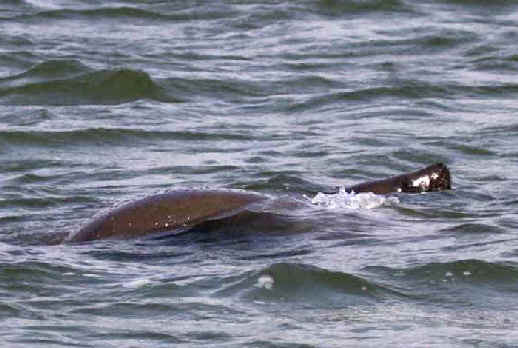
![]()
Web page by Risė Hill